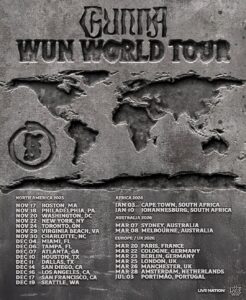In the late 1980s, at the peak of Boston’s most violent period, a formidable super gang emerged from the city’s Black community, known as SCAT-G. This alliance of notorious hoods instilled fear throughout the streets, prompting rival gangs to unite against them, forming a counter alliance called UPS (United Posi Syndicate/Society). The ensuing conflict dominated the inner city until around 1994, when both alliances began to splinter and decline.
In a compelling episode, Jason Trimmins examines the surge of street violence in Boston during the late ’80s and early ’90s, with a specific focus on the rivalry between SCAT-G and UPS. This tumultuous era witnessed an alarming spike in violence, especially between 1988 and 1993, driven largely by the introduction of smokable cocaine (crack) in the mid-’80s.
Two key alliances emerged amid this chaos:
– SCAT-G: Composed factions from St. Joseph’s Projects, Castlegate Road, Academy Homes, Egleston, Timberwolves, Franklin Hill Giants, and more.
– UPS: Included groups from Intervale Street, Corbett Street, Mission Hill, Orchard Park, Heath Street, among others.
At their height, both SCAT-G and UPS boasted around 700 members each. The intense rivalry between Academy Homes (part of SCAT-G) and Heath Street (part of UPS) fueled much of the conflict. The violence peaked in 1990 when Boston recorded 152 homicides—a stark contrast to just 37 in 2023.
As the mid-’90s approached, the alliances began to fracture, with neighborhoods shifting allegiances and the street culture evolving. The video highlights the intricate and ever-changing landscape of Boston’s street culture during this period, emphasizing the need for an accurate portrayal of the city’s history, often overlooked or misrepresented in mainstream media.
Through this exploration, the aim is to provide a clearer and more comprehensive understanding of Boston’s street culture and its turbulent history, challenging the prevailing perceptions of the city.












